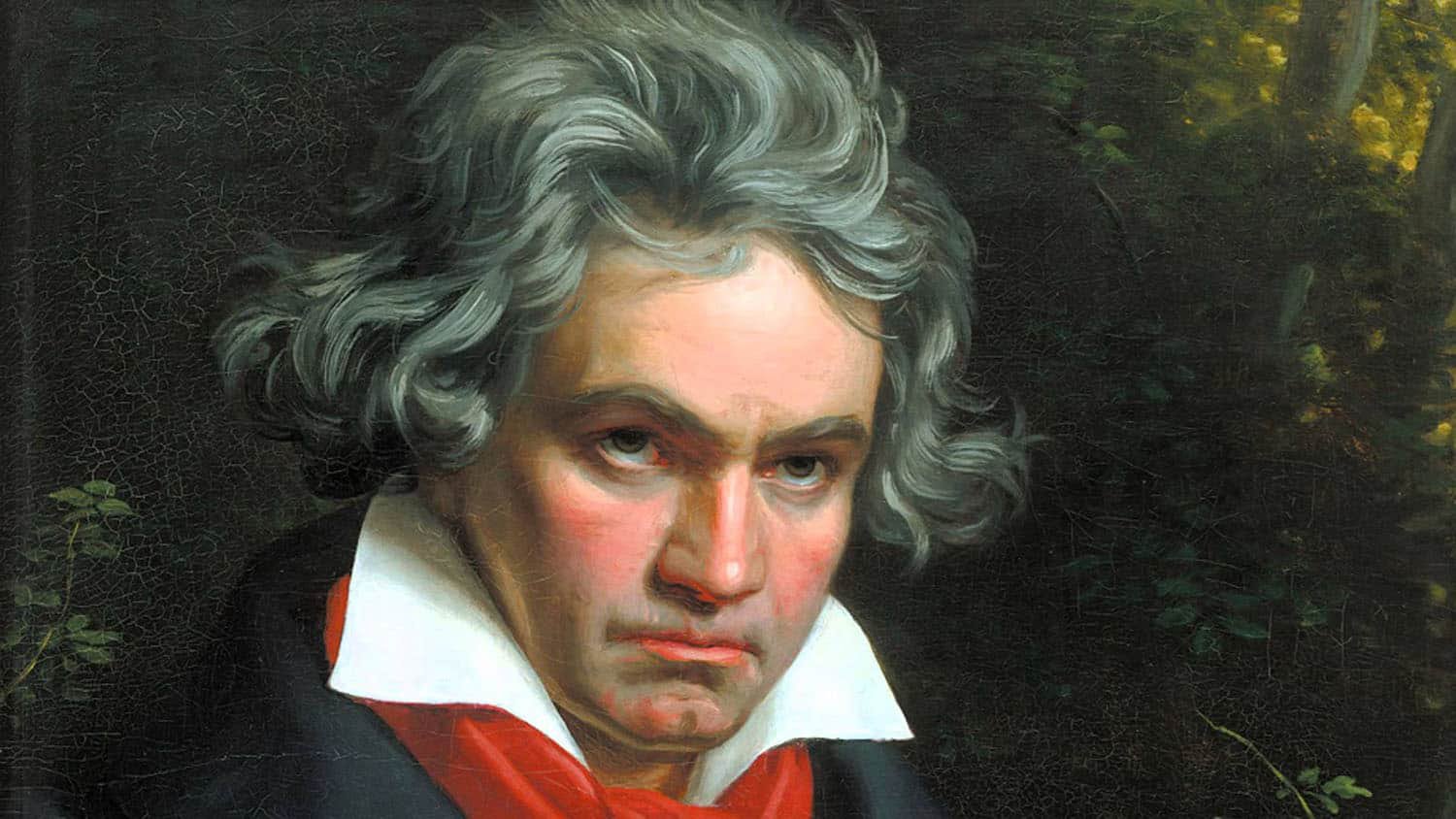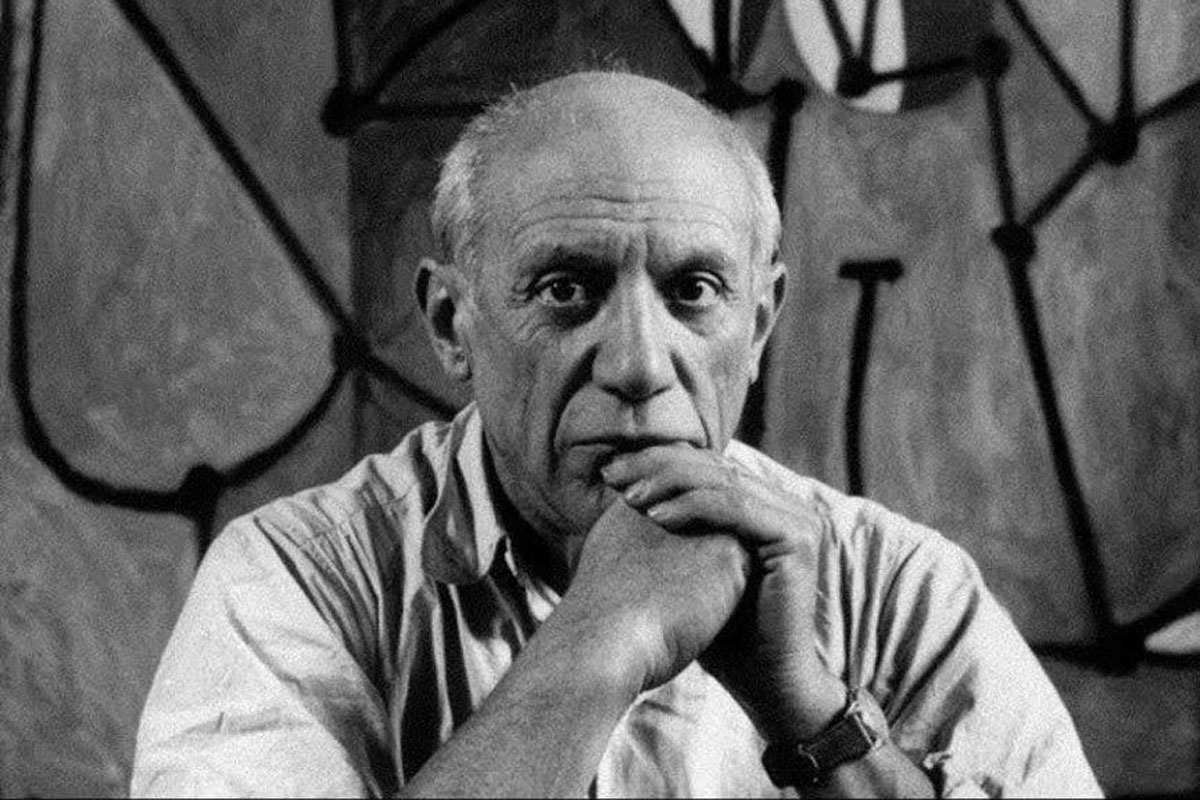This series of articles seeks to examine the character attributes of highly successful leaders, regardless of their adherence to a strong faith or moral standard. In presenting these thoughts, Leadership Ministries is not agreeing with or advocating these traits or practices, but rather presents these as ideas for discussion and development in your own leadership journey.
Orville and Wilbur Wright (1871-1948 and 1967-1912) were two American aviation inventors who are credited with the world first successful airplane. They made their first controlled flight in December 1903 in Kitty Hawk, North Carolina. They continued building successful flyers in 1904 and 1905, and won a patent on their designs in 1906. Their breakthrough was a three-axis control system, which allowed a pilot to effectively steer the aircraft and maintain its flight direction.
The brothers worked for years in a shop filled with printing presses, bicycles, motors and machinery. Orville was the more adept engineer, first building printing press enhancements, next repairing and building bicycles, then later their first airplane attempts. Wilbur was a skilled cyclist, preferring long country rides on the new style of cycles which had two equally-sized wheels. The cycling business became successful, and the Wrights eventually had five locations in Dayton, then by 1895 were designing and manufacturing their own line of bikes.
The Wright Brothers’ bicycle shop is preserved in Dayton, Ohio. Photo: Shutterstock
Don’t forget to play. Orville and Wilbur were two of seven sons born to Milton and Susan Wright. Their father Milton was a pastor. They grew up in Dayton, Ohio then later Cedar Rapids, Iowa. The boys loved to play and were prone to mischief. One day their father brought home a toy helicopter, which the boys played with until it broke, then later built their own. It was this child’s toy that sparked an initial curiosity in aviation. Neither of the brothers ever married, with Wilbur once saying he, “did not have time for both a wife and an airplane.”
The death of glider experimenter Otto Lilienthal in 1896, and the lauch of successful unmanned powered models by Samuel Langley in the same year, convinced the Wright Brothers they had as much a chance as anyone to perfect human flight. In 1897 they moved their cycle company to 1127 West Third Street, a large shop which gave them the room they needed to indulge their budding interest in aircraft.
Together but unique. Because Orville and Wilbur worked together throughout adulthood, they are seldom referred to separately, and known historically as “the Wright Brothers”. Orville was the more mischievous of the two, and as once expelled. He dropped out f school after his junior year to start the Wright’s printing business. Wilbur was the more business-minded of the two, editing and writing a newspaper they printed for a number of years. Behind the scenes, Wilbur was always the leader, but Orville was the more creative and inventive of the two. Orville’s later work on aircraft development contributed to the growth of the aviation industry in America. Following their invention, Wilbur spent most of his time on the administrative side of the Wright Brothers business, mostly defending the company against patent lawsuits. In public the brothers always presented a unified image, sharing equally in the credit for the work and inventions.[1]
Know the science. As the Wrights became interested in an airplane, they wrote to the Smithsonian, gathering data from other inventors about powered flight. Wilbur wrote numerous scientific papers as they experimented with gliders, including “The Angle of Incidence” in The Aeronautical Journal and “The Horizontal Position During Gliding Flight” for Illustrierte Aeronautische Mitteilugen. Wilbur performed highly accurate measurements of a common “lift equation”, discovering that most inventors of the time were significantly exaggerating the predicted lift of their aircraft.
The Wright’s breakthrough was in the control surfaces for flight, which they honed through wind tunnel tests. Wilbur gave a lecture to the Western Society of Engineers in 1901, which was the first public account of their work. The Wrights wrote, “The calculations on which all flying machines had been based were unreliable, and… every experiment was simply groping in the dark… We cast it all aside and decided to rely entirely upon our own investigations.”
The Wright Brothers’ first flight was captured on camera by John T. Daniels. Photo: Wikimedia Commons / Public Domain
Every element of their flyer was carefully evaluated and adjusted for efficiency, from the shape of the wings to the type and angle of the propeller, to the metal used in the drive chain. Their successfully attempt of December 17, 1903, was the culmination of years of research and experimentation in what was called “a progressive accumulation of experiences.” By 1904 they had flown a one-mile circuit, and by 1905 had accomplished a 24-mile flight that lasted 38 minutes. The original flyer was damaged not long after its first flight and did not fly again. Orville later restored it and in 1948 it was installed in the Smithsonian Institution, where it still is on display today.
Orville lived the longest of the two brothers, and nearly lived to see the beginning of the jet age. He died just a few months before the first commercial jet flight in the US. His older brother, Wilbur, died at the age of 45, from typhoid fever.
[1] https://en.wikipedia.org/wiki/Wright_brothers
Cover photo: Shutterstock

































Michael Jordan is a former professional basketball player and businessman. He played 15 seasons in the NBA and won six NBA championships with the Chicago Bulls.